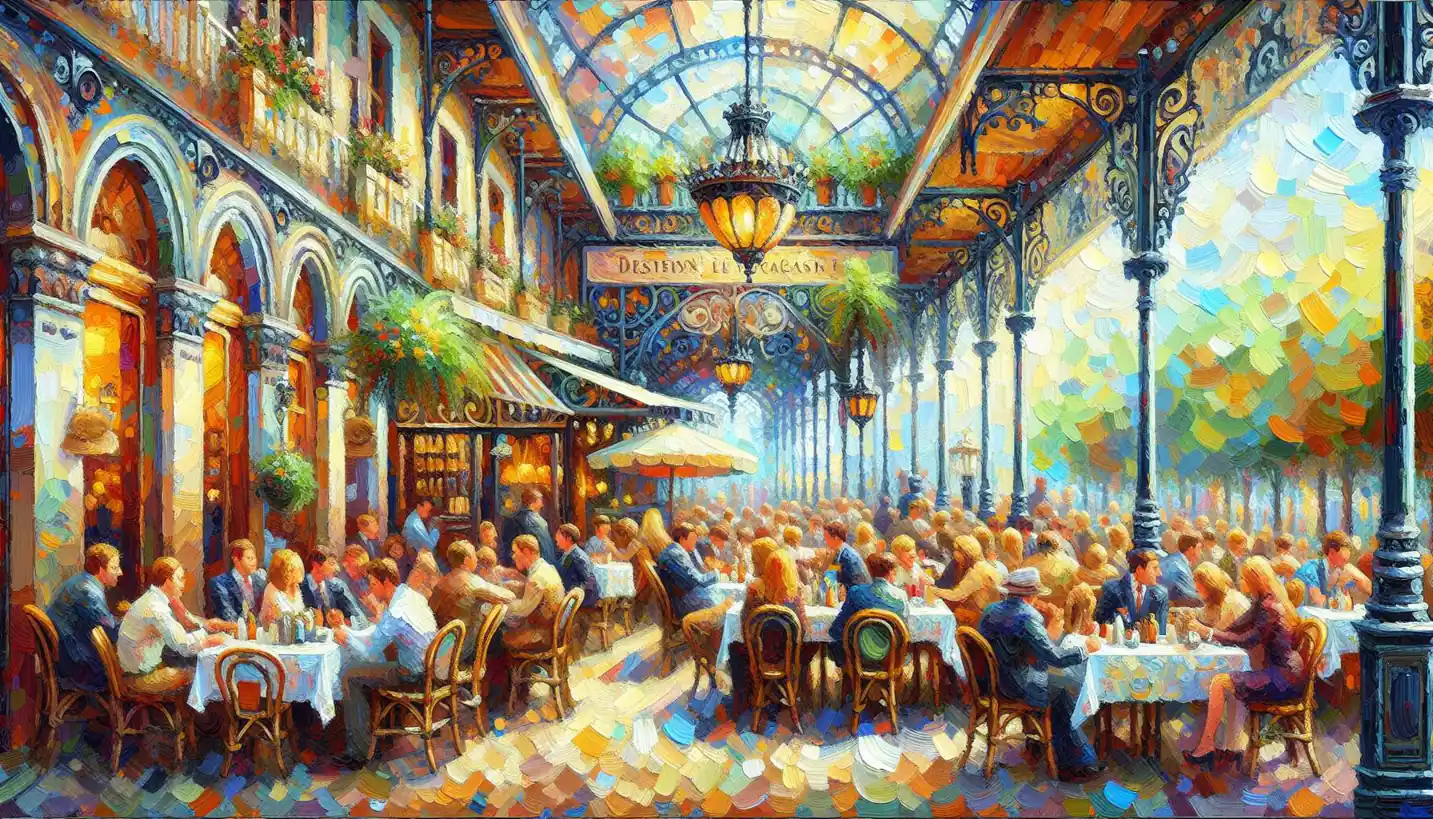· Art · 5 min read
Frottage: Discovering the Art of Texture and Creativity
Frottage captures texture by rubbing over surfaces, turning tactile impressions into art. Discover this playful yet profound technique that brings intriguing textures to life.

Frottage is a fascinating technique in the world of studio art that brings textures to life in a unique way. This art form, which might sound a bit mysterious at first, revolves around creating artworks by rubbing materials like paper over textured surfaces to capture their patterns. Imagine the simple delight of placing a piece of paper over a rough surface and using a pencil to reveal the texture beneath. This is frottage, a method that transforms ordinary surfaces into extraordinary pieces of art.
The Roots of Frottage
The term “frottage” comes from the French word meaning “to rub.” It’s a technique that’s been used for centuries, especially for taking rubbings of ancient inscriptions or monuments. However, frottage became a recognized art form thanks to Max Ernst, a German surrealist artist in the 1920s. Ernst was intrigued by the randomness and abstraction that frottage could offer. He would lay paper on surfaces like wood floors, leaves, or fabrics and then use materials like pencil or chalk to transfer the texture onto the paper. This approach added an element of chance and surprise, aligning perfectly with the surrealist movement’s embrace of the unexpected.
The Magic of Textures
At its core, frottage is all about discovery—finding textures around you and seeing how they translate into art. You can think of it as a treasure hunt, where even ordinary objects hold the potential for artistic expression. Artists explore surfaces such as tree bark, leaves, fabrics, coins, or crumpled paper to find unique textures. Each texture lends its unique character to the artwork, creating abstract compositions that can evoke different emotions or ideas.
How Frottage Works
Creating frottage art is wonderfully simple, yet incredibly effective. Here’s how you can try it yourself:
Choose Your Surface: Find an interesting textured surface. It could be as natural as a leaf or as industrial as a metal grate.
Select Your Medium: Use a soft pencil, crayon, or pastel. The softness helps to capture the texture accurately.
Rub and Reveal: Place your paper over the texture. Gently rub your chosen medium over the paper until the surface’s patterns begin to appear.
Experiment and Explore: Feel free to layer different textures over one another or combine frottage with other techniques like painting or collage.
The beauty of frottage lies in its unpredictability. Every rub can lead to surprising details and unexpected results, which is why it’s such a beloved technique among artists who enjoy experimentation.
Frottage in Modern Art
Though Max Ernst popularized frottage, the technique has found a place in the toolkit of many contemporary artists. It’s appreciated for its ability to inspire spontaneity and abstract thinking. Artists often use frottage as a foundation for larger works, integrating the textures into more detailed compositions or as part of mixed-media projects.
For instance, modern artists might combine frottage with digital art, manipulating the textures to create new, exciting visuals. This fusion allows artists to play with dimensions and perceptions, often challenging viewers to see textures and patterns in novel ways.
Practical Applications and Educational Benefits
Frottage isn’t just a technique for professional artists. It’s also a fantastic tool in education, especially for younger students exploring the basics of art. It encourages creativity and attention to detail while fostering a love for exploration and discovery. In classrooms, frottage can be used to teach students about textures, surfaces, and the environment around them. It’s an excellent way to introduce them to the idea that art can be created from the simplest of materials.
A Therapeutic Process
Beyond its educational and artistic value, frottage also has a role in art therapy. The repetitive motion of rubbing can be calming and meditative. As a result, creating frottage can help reduce stress and anxiety, making it a therapeutic activity for many individuals. Engaging with physical textures and focusing on the artistic process rather than the end result can lead to a sense of accomplishment and relaxation.
The Future of Frottage
With the increasing integration of technology and art, frottage continues to evolve. Artists are exploring digital frottage, where textures are scanned and transformed using graphic design software. This opens up a whole new realm of possibilities, allowing artists to manipulate textures digitally and experiment with colors and forms in ways that weren’t possible before.
As environmental awareness grows, frottage also aligns beautifully with eco-friendly art practices. Using found objects and natural surfaces encourages a sustainable approach to art-making. Artists can create significant works without relying on new materials, reducing waste and promoting reuse.
Keep Exploring
The magic of frottage lies in its simplicity and accessibility. Whether you’re a seasoned artist or just starting out, this technique invites you to see the world in a new light. So next time you’re walking around, pay attention to the textures under your feet or along the walls. Consider the stories they might tell when captured on paper. Frottage is all about curiosity and imagination, transforming the mundane into something marvelous, one texture at a time.


